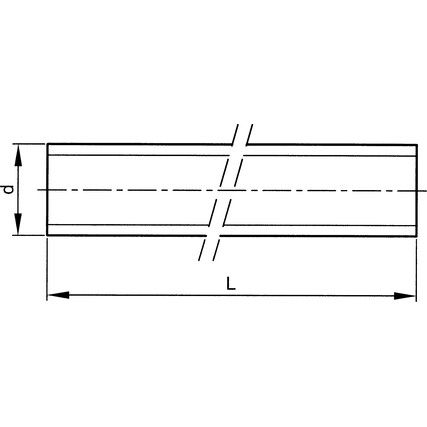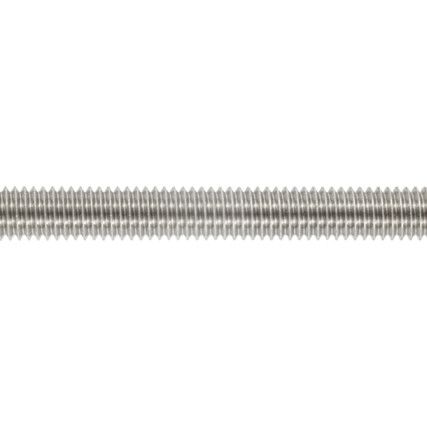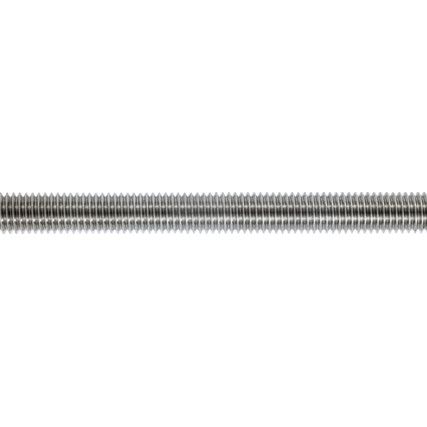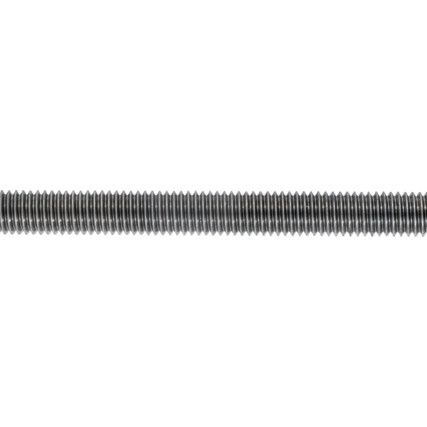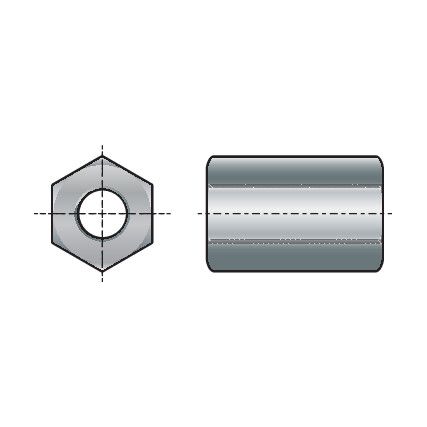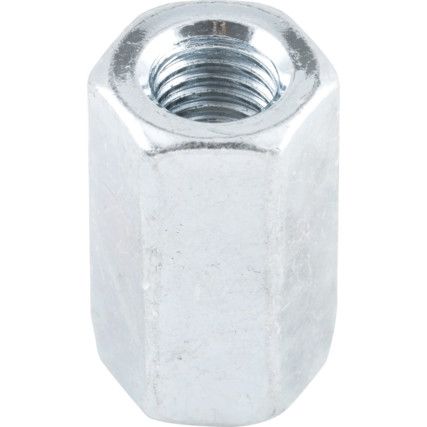Threaded Rods
An extremely versatile fastener, threaded rods are available to suit a range of industries and applications. At Cromwell we offer a wide choice of sizes, grades and thread types from our own brand, Qualfast®.
What is a threaded rod?
Threaded rods or studding as its sometimes known are fastening devices that feature threading along their entire length or at the ends. Used in a similar fashion to screws, threaded rods can be used in conjunction with nuts and bolts to secure a connection.
Why a threaded rod?
Made from strengthened materials, threaded rods provide secure and stable connections in a range of materials, such as concrete and wood. A flexible component used in a variety of industries, these rods can be used temporarily or permanently for reliable fixing.
When are threaded rods used?
Used as a pin to connect materials, they are used to add stability and alignment to structures, like buildings or furniture.
Threaded rod types
A flexible fastener, threaded rods are available in three main types to suit the application required.
• Right hand thread - Tightened in a clockwise rotation
• Left hand thread - Tightened in an anticlockwise rotation
• Left/Right threads - Left thread and right thread located at opposite ends of the rod
Considerations when choosing a threaded rod
• Thread length - A fully threaded rod provides excellent grip strength.
• Material - For external use, a threaded rod will need corrosion-resistance.
• Environment - a material should be chosen that will work best with the environment in which its used.
• Grades - Available in a choice of grades for strength, including 4.8, 5.8, 8.8, 10.9, 12.9 and A2 and A4 stainless steel.
Threaded rod jargon buster
To identify the threaded rod you need, you have to wade through the sea of colour-coding. We want to make it easier for you to find exactly what you're looking for.
What do the colour-codes for threaded rods mean?
The International Organisation for Standardisation (ISO) defines the colour-coding for threaded rods to help identify the strength or grade for each one. These colours appear at the ends of the rods and are easy to recognise when looking for a specific type.
• Red - Made from A4 stainless steel, this steel type is 18% chromium and 10% nickel and has all the advantages of A2 steel, but with the added bonus of chloride resistance, which means it can be used in marine applications. Sometimes called Marine Grade, this type of threaded rod is graded as A4.
• Green - Made from A2 stainless steel, this steel type is 18% chromium and 8% nickel with low carbon content. These rods resist corrosion and oxidation but can tarnish and are graded as A2.
• Black - Engineered from quenched and tempered steel alloy for exceptional tensile strength, grade 12.9.
• White - Made from zinc-plated steel, this grade 10.9 rod offers high fracture resistance and strength.
• Yellow - Made from steel with a zinc plating for corrosion resistance, this studding is grade 8.8.
• Blue - Made from steel with a zinc plating for corrosion resistance, this threaded rod is grade 5.8.
• Unmarked - Made from low carbon steel with zinc plating, this studding is grade 4.8 and is the lowest strength rod.
FAQs
What tools can I use to cut a threaded rod?
A rod cutter is the best tool to use since it's made specifically for this task. It's a quick and efficient method with minimum clean-up after cutting.
However, if you don't have a rod cutter, then there are alternatives. Make sure the rod is held securely in a vice before cutting to prevent injuries and use either a hacksaw or an angle grinder. Our experts recommend attaching nuts on either side of the intended cut to keep the thread in good condition.
Can I join threaded rods?
If you haven't got the length you need or have a specific task where joining two rods is required, connector bolts are designed specifically for this and give a secure joint.

